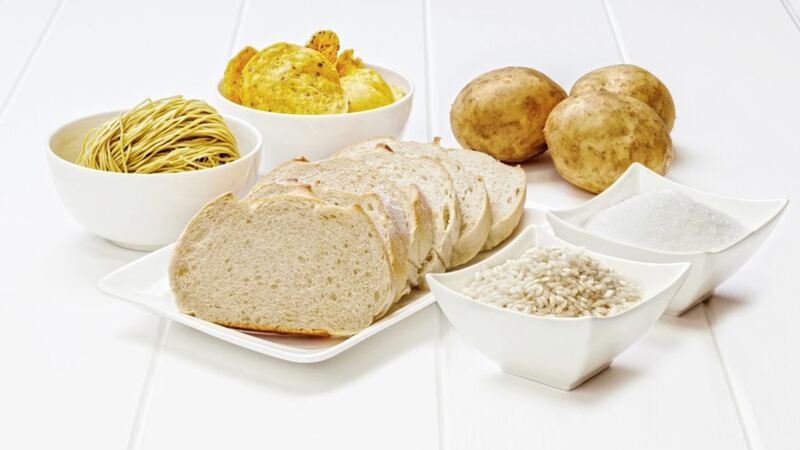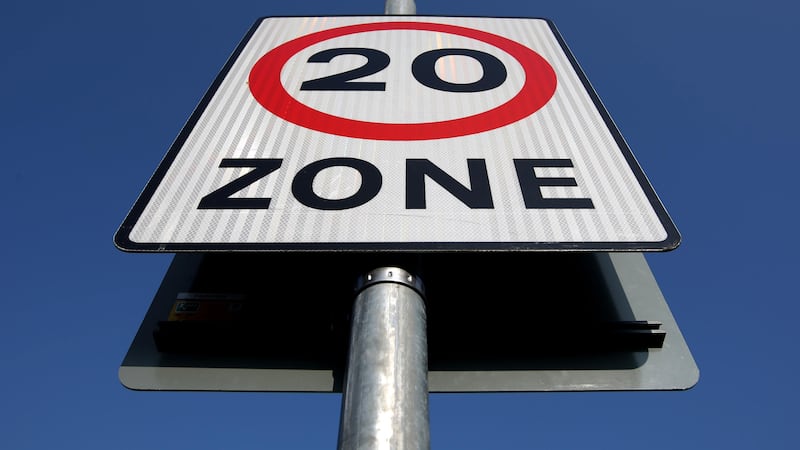OVER recent years carbohydrates have been going out of favour among people wanting to shift a few pounds, but have we gone too far?
In our society, we have been brought up on a diet of bread and spuds, with plenty of us feeling no meal is complete without portion of starchy carbohydrates on the side. In terms of basic nutrition, remember that carbohydrates are our primary source of energy. Using carbs as energy spares precious protein and fat for other functions, such as hormone balance, repair and balancing immune support, but apart from giving us a ready source of energy, carbs don’t do anything else.
I think the problem is not that eating carbs makes us fat, it is more that we have got the balance of our macronutrients wrong. We are afraid of fat, think protein is the best thing since sliced bread, and are cutting carbs in a quest to lose weight.
:: Far too simple
Carbohydrates come in two basic forms – simple and complex. Simple carbs are the white ones – white bread, white rice, white pasta, refined flour and all the rest. This groups also includes sugar. These are the high GI (glycaemic index) carbs, which are the problem.
These fast-release carbohydrates act like rocket fuel to our bodies, providing an instant hit of blood sugar that our body has to tidy up, by by releasing insulin and storing this sugar as fat, meanwhile making us want more and more, setting us up with sugar cravings and the munchies for white, refined junk food.
Complex carbohydrates, or low GI foods, are wholegrains with plenty of fibre. These are the ones that provide us with a slow, sustained release of energy, compared to the quick fix provided by simple carbs and sugar. The complex carbs fill us up and leave us feeling satiated. They also help maintain a more even insulin balance and therein lies the answer.
Eating a diet high in white and refined carbs, or striking an imbalance and overeating bread, rice, pasta, spuds and cereal means our body is producing more and more insulin to help maintain and sustain an even and balanced blood sugar. Too much insulin and we store this energy as fat. Our muffins become our muffin tops and our daily bread ends up as fat around the middle.
:: Double carb
Look at any menu in any eating establishment across the land and it is easy to see how we have tipped the balance in the wrong direction. Pasta with garlic bread, chips with lasagne, potato bread with wheaten bread – we love carbs and we love to double carb.
Yes, too much carbohydrate is bad for our health and will likely end us making us fat, so knowing when enough is enough is the key.
:: How much is enough?
Think about your dinner plate. No more than one quarter of your plate (about one fist-sized portion) should be carbohydrate, and these carbohydrates should be the low GI ones. This group can include starchy veggies like sweet potatoes, carrots, butternut squash and other root veg as well as wholemeal pasta, brown rice, wholewheat noodles or baby boiled potatoes.
If this sounds like a drastic reduction in portion size, then do it slowly. Little by little reduce your portion of carbohydrates by taking a spoonful less spuds/pasta/rice and a spoonful more vegetables, and make the switch to higher-fibre choices to help strike a better balance.
Swap your carbs, cut your portion size and get back to a better balance of carbohydrates, and you are likely to see (and feel) the benefits.








